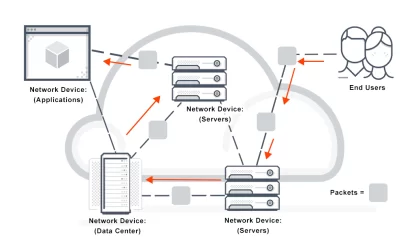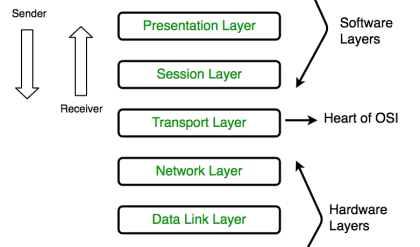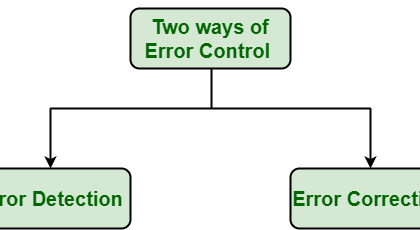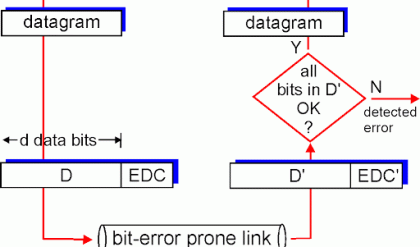The IEEE (Ref. 2) defines topology as “the interconnection pattern of nodes on a network.” We can say that a telecommunications network consists of a group of interconnected nodes or switching centers. There are a number of different ways we can interconnect switches in a telecommunication network.
If every switch in a network is connected to all other switches (or nodes) in the network, we call this “pattern” a full-mesh network. Such a network is shown in Figure 1.9a. The figure has eight nodes.8
In the 1970s, Madrid (Spain) had 82 switching centers connected in a full-mesh network! A full-mesh network is very survivable because of a plethora of possible alternative routes.
Figure 1.9b shows a star network. It is probably the least survivable. However, it is one of the most economic nodal patterns both to install and to administer. Figure 1.9c shows a multiple star network. Of course we are free to modify such networks by adding direct routes. Usually we can apply the 20-erlang rule in such situations. If a certain traffic relation has 20 erlangs or more of BH traffic, a direct route is usually justified. The term traffic relation simply means the traffic intensity (usually the BH traffic intensity) we can expect between two known points. For instance, between Albany, NY,9 and New York


City there is a traffic relation. On that relation we’d probably expect thousands of erlangs during the busy hour.
Figure 1.9d shows a hierarchical network. It is a natural outgrowth of the multiple star network shown in Figure 1.9c. The PSTNs of the world universally used a hierarchical network; CCITT recommended such a network for international application. Today there is a trend away from this structure, or, at least, there will be a reduction of the number of levels. In Figure 1.9d there are five levels. The highest rank or order in the hierarchy is the class 1 center (shown as 1 in the figure), and the lowest rank is the class 5 office (shown as 5 in the figure). The class 5 office (switch), often called an end office, is the local serving switch, which was discussed above. Remember that the term office is a North American term meaning switching center, node, or switch.
In a typical hierarchical network, high-usage (HU) routes may be established, regardless of rank in the hierarchy, if the traffic intensity justifies. A high-usage route or connectivity is the same as a direct route. We tend to use direct route when discussing the local area, and we use high-usage routes when discussing a long-distance or toll network





